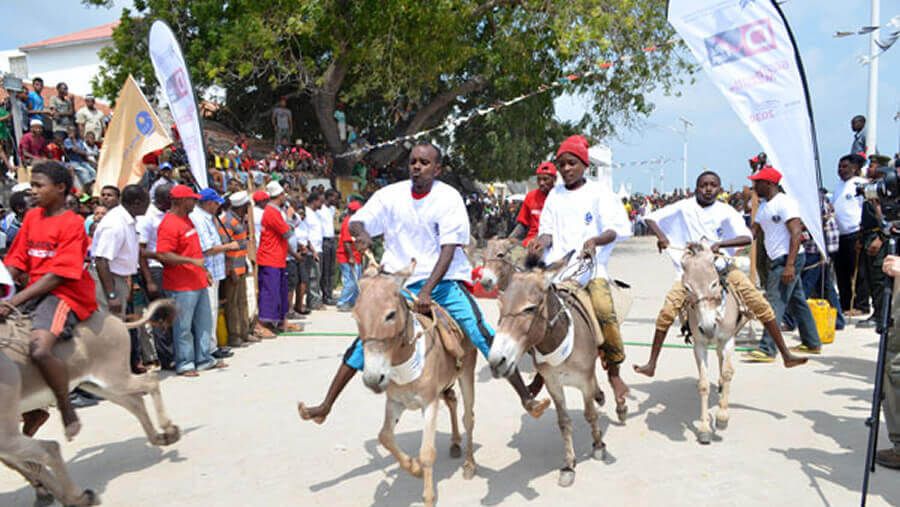Lamu’s Heritage Sites.
Lamu is a historic town located on the northeastern coast of Kenya. It is home to several heritage sites, including:
Lamu Old Town – The old town of Lamu is one of the best-preserved Swahili settlements in East Africa. Listed as one of UNESCO’s world heritage sites in 2001, this old town has impressively managed to maintain both its social and cultural integrity over the centuries, overcoming all the pressures of modernity and retaining its authentic designs (seen through its architecture) to the present day.
Lamu town is characterized by narrow streets, splendid stone buildings crafted from coral stone and mangrove timber, intricately carved doorways, inner courtyards, airy verandahs, and sea-facing arcades. All these details are influenced by the unique fusion of Swahili, Arabic, Persian, Indian and European building styles. If you’re visiting Lamu, this town is a great place to kick off your Lamu adventure and gain some insight into the Swahili culture.
Lamu Museum – The Lamu Museum is located in a former 19th-century Swahili house in the old town of Lamu. The Museum houses a collection of artifacts representing different components of the Swahili cultural heritage which includes; jewelry, clothing, furniture, manuscripts, musical instruments, maritime and dhow materials, and household and technical tools among many more archeological finds. The museum serves as a point of reference to both locals and researchers looking to investigate and acquaint themselves with the rich Swahili culture.

Lamu Fort – Built between 1810 and 1823, the Lamu Fort was built as a defensive structure from where the Omanis consolidated their control over the East African Coast.
The fort today is located at a central point in the town and includes a museum, conference facilities, meeting spaces, and a library with an excellent collection of Swahili poetry and reference material on Lamu.
Takwa ruins – These ruins are located on the southeastern corner of Manda Island, a 15-minute boat ride from our Villa. The ruins are the remains of a Swahili settlement abandoned in the 17th century and include among other structures, mosques, and houses. The town was abandoned because of the salination of the once freshwater and endless fighting between the Takwa and Pate people. Presently, the ruins exist as a National monument having been gazetted in 1982, and are open daily to the public who can partake in a casual visit, a picnic, or overnight camping.
Shela village – Shela is a charming laid-back village located on the south of Lamu Island. It features numerous striking holiday homes, hotels, a number of historic Swahili buildings, and a picturesque beach that stretches as far as the eye can see and whose sand can only be described as talcum-soft.
Swahili House Museum – Located in the Mkomani area of Lamu old town, and impressively restored by the National Museum of Kenya, this over 300 years old structure offers its visitors a glimpse into the 18th-century Swahili house architecture and home setup.
With so much history packed into one dreamy little town. There’s no doubt why Lamu is a gem that continues to evoke such strong passions and interests across the globe. Those who have been, always want to come back or never leave, and those who haven’t been are on the way or planning to come.


